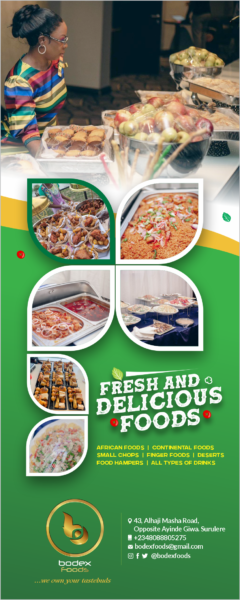Food
Traders List Reasons Why Prices Of Rice, Onions, Cooking Gas Rise Every Week
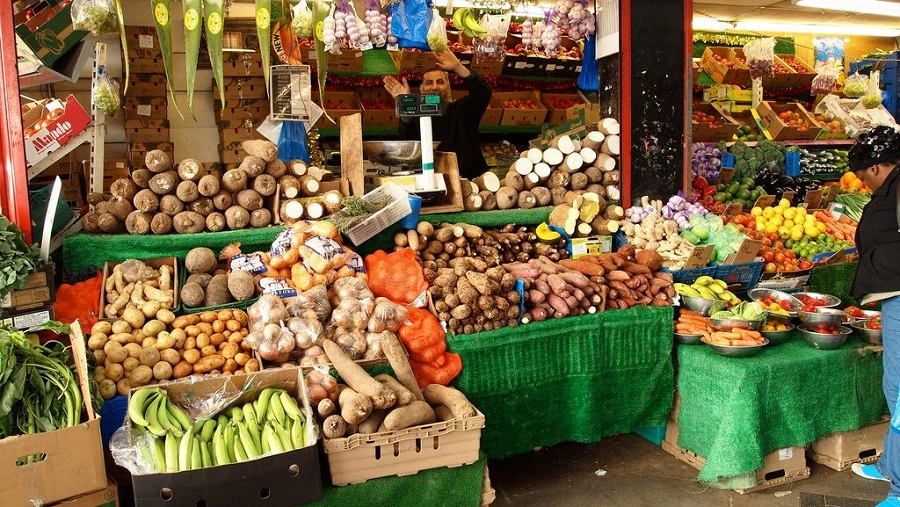
The price of local rice, onions, cooking gas, pepper, and other staple food items has significantly increased across major markets in Lagos State. The bi-monthly market survey is carried out by Nairalytics.
The survey considered four major markets in Lagos state namely; Oyingbo, Daleko, Mushin, and Mile 12 Market.
Specifically, the price of a big bag of dry onions rose significantly by 57.4% to sell for an average of N28,175, despite falling to N17,900 earlier in the month. Likewise, the price of a small basket of sweet potatoes climbed by 54.55% to sell for an average of N6,375 compared to an initial average of N4,125.
The report also showed that a big bag of pepper that was initially sold for an average of N22,750 two weeks ago has increased to an average of N27,950, while the cost of refilling a 12.5kg cylinder of cooking gas has topped N11,250. It is worth noting that as of this time last year, a 12.5kg cylinder of gas was refilled for an average of N4,600, representing a 145% year-on-year price increase.
On the flip side, the price of a 2kg bag of wheat meal dropped by 38.11% to sell for an average of N1,145 compared to N1,850 recorded two weeks ago. Additionally, a 500g packet of power pasta now sells for an average of N400 from an initial average price of N500, thereby representing a 20% decline in price.
Meanwhile, the incessant increase in the prices of food items was attributed to the high cost of transportation as a result of the surge in the price of fuel, scarcity of fuel in some areas, and bad road networks. In other cases, the increase was attributed to seasonal fluctuations, a high rate of insecurity, and an erratic power supply among others.
The crippling effect of the surging food prices has eroded the purchasing capacity of Nigerians as traders now lament low sales turnout and rationing by consumers.
This is in line with the World Bank’s Nigeria Development Update (NDU) report, where the apex financial institution stated that inflation will likely push an additional one million Nigerians into poverty by the end of 2022.
This is in addition to the over 80 million Nigerians that are estimated to live below the poverty line, while other socio-economic factors continue to ravage the country.
Food is a very important necessity in the Nigerian economy as most Nigerians spend a huge chunk of their household expenditure on food items. According to the National Bureau of Statistics (NBS), Nigerians spend over 56% of their household expenses on food.
The National Bureau of Statistics (NBS) on Wednesday, 15th June 2022 released the nation’s consumer price index, which showed that Nigeria’s inflation rate rose to its highest level in 11 months, rising from 16.82% recorded in April 2022 to 17.71%.
The food index, which is a closely watched component also rose by 19.5% year-on-year in May 2022, representing a 1.13% points uptick compared to 18.37% recorded in the previous month and a 2.78% decline compared to the corresponding period of 2021 (22.28%).
According to the Bureau, the rise in the food index was caused by increases in prices of bread and cereals, food products, potatoes, yam, and other tubers, wine, fish, meat, and oils.
A look at the NBS report on cooking gas price watch for the month of May 2022 released during the week, showed that the average price for refilling a 5kg Cylinder of Liquefied Petroleum Gas (Cooking Gas) stood at N3,921 in May 2022 from N3,800 recorded in April 2022 indicating an increase of 3.18% month-on-month.
Also, the average price for refilling a 12.5kg cylinder of cooking gas increased to N8,726 in May 2022 from N8,164 recorded in April 2022 representing a 6.88% month-on-month increase.
Although field survey shows that the price has surpassed N11,000 in Lagos State as of press time.
The highlight of the report is given below. It contains information on items that witnessed price increases, and price decreases, as well as market insights from interviews conducted.
Items that recorded increases
A small basket of Irish potatoes currently sells for an average of N5,500, rising by 47.65% from an initial average of N3,725 recorded two weeks ago.
The price of a big bag of pepper witnessed a 22.86% increase to sell for an average of N27,950 compared to a previous average of N22,750.
In addition, a 0.9kg of Ayoola Poundo Yam flour now sells for an average price of N1,475, indicating an increase of 13.46% when compared to the average of N1,300 that was recorded two weeks ago.
Also, a big tuber of Abuja yam rose by 11.48% to sell for an average of N1,700. It was initially sold for an average of N1,525.
Similarly, a 50kg bag of big bull rice increased by 9.2% to sell for an average of N34,125 against N31,250 recorded earlier in the month, while 25 litres of local palm oil recorded a 9.12% increase to sell for an average of N23,475.
Other items that recorded price increases within the two weeks under review include a carton of full chicken, teabag, a bag of yellow and white Garri, a bag of Honeywell premium flour, a bag of brown beans, etc.
Items that dropped in prices
Some food items, however, recorded a price decrease in the period under review.
The price of a 5kg pack of Honeywell wheat meal dropped to N2,645 as against N3,625, indicating a 27.03% decline in price.
A small basket of round-shaped tomatoes recorded a price decrease of 17.94% to sell for an average of N13,375 compared to the initial average of N16,300.
Furthermore, a 25g pack of Nescafe classic coffee now sells for an average of N625 indicating a decrease of 12.13%.
The price of 800g Milo refill cocoa beverage declined by 15.36% to sell for an average of N2,053 while the 450g of Milo refill cocoa beverage dropped by 11.40% to sell for an average of N1,185 from the average of N1,338 recorded two weeks ago.
Market insights
In a brief chat with Ada John, a potato supplier at Oyingbo Market, she stated that her major challenge is the supply chain. She explained that whenever she is done with her account analysis, she mostly realizes a loss due to surging operating costs.
“Moving goods from the North region to Southern part of Nigeria has become very difficult for most transporters, mainly because of bad roads especially now that it’s the rainy season, So, whenever the cost of transport goes up, we have no choice but to increase the prices so as not to run into a loss,” she added.
Cynthia, a frozen food dealer at Daleko Market, stated that the cost of frozen foods especially chicken and turkey has been on the rise due to the increase in the cost of their feed, thereby making rearing of this livestock less lucrative.
“Lack of power supply and increased price of fuel to power our generator is also a major challenge that we face as a frozen food dealer, apart from the price increase from the farm, our own operating costs also reflects in the final selling price,” she explained.
While speaking with Adamu, an onion seller at Mushin Market, he complained that poor harvest and the rainy season caused the increase in the price of dry onion. This is in addition to the level of insecurity in the northern regions as explained by Mr. Adamu.
“We are often chased by bandits from the farm and even the few onions we harvested are always collected from us and we only have the leftover to ourselves”, he said.
In a conversation with Mallam Hamza, a pepper trader at Oyingbo market, he mentioned that continuous rainfall causes damage to pepper vines, thereby affecting the cultivation of pepper, which has contributed to the recent increase in the price of pepper.
“We know that the price of pepper and tomatoes usually changes as a result of seasonal fluctuations, therefore, we can’t hold on to any reason for the recent spike in the price of pepper, but I can tell you that the size of pepper available in the market is very small, the volume is also limited, hence causing an uptick in price,” Mallam Hamza explained.
According to Dupe, while making purchases at Mile-12 Market, he frowned at the irregular spike in the price of food in the country.
He said, “we do not know where we are heading to, in 2020, we thought it was the worst due to the covid-19 pandemic, with the expectation that after the pandemic and lockdown, things will go back to normal. Unfortunately, things have hit rock bottom.”
“It appears that the price of food items as well as other commodities and services have nowhere else to go except upward, while our income is not growing. It is painful, disheartening, frustrating, and we are just powerless.”
“We are only just considering food inflation now, what about other areas of insecurity, bad transportation, daylight robbery amongst others. Going out is no longer safe in any part of the country or at any time.”
“How are we supposed to function and grow our earnings, if we are constantly looking over our shoulders for fear of attack or robbery?” he asked.
Food
5 amazing facts about pork that makes it the best meat
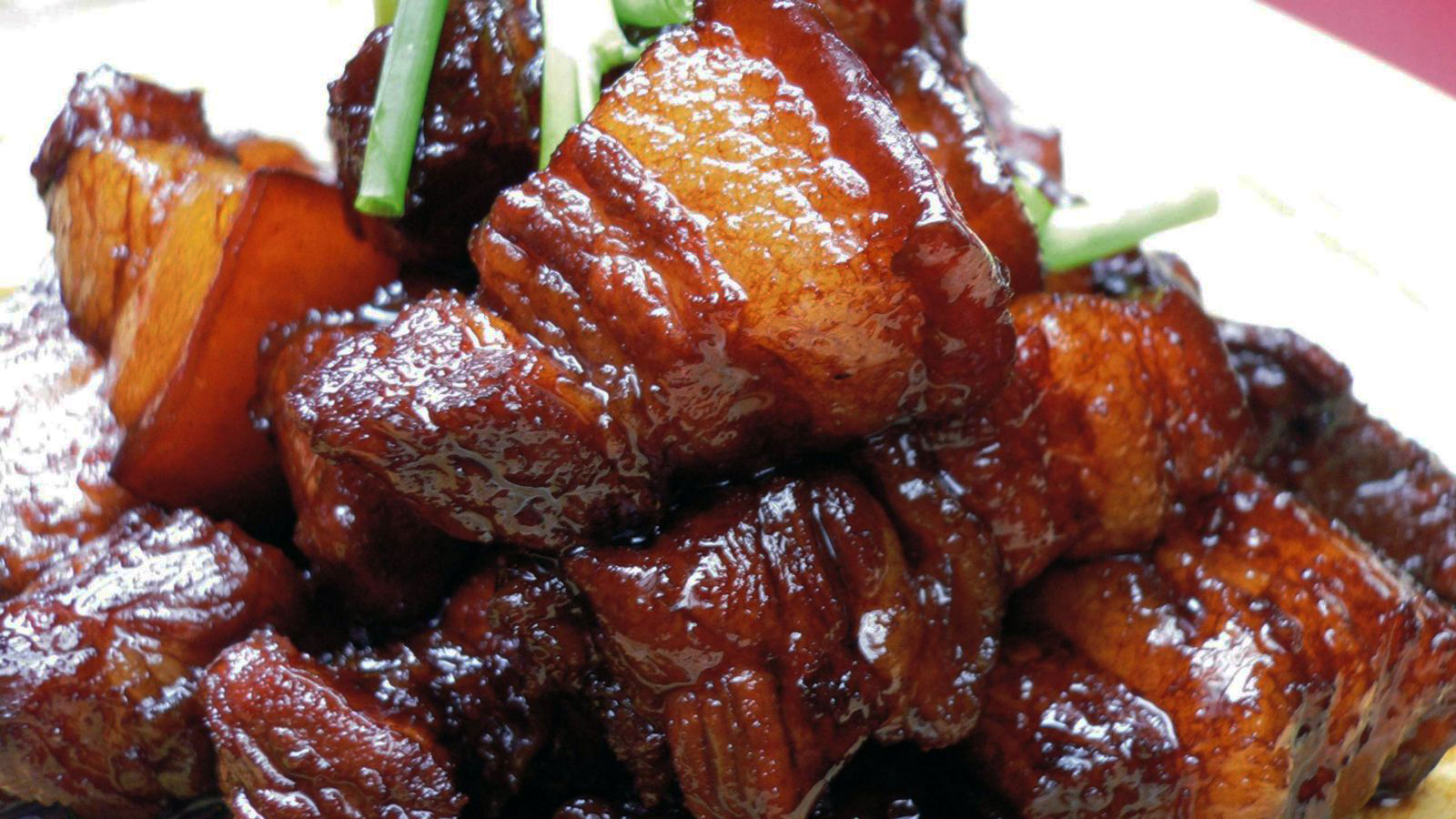
Pork is a controversial choice among meats for many reasons, often hailed for its flavor, versatility, and nutritional benefits.
Here are five amazing facts that make pork a top choice for many consumers:
Flavor and fat content
Pork is highly prized for its rich, savory flavor, which is enhanced by its fat content.
Unlike other meats, much of the fat in pork is interspersed within the muscle, a characteristic known as marbling.
This marbling not only enhances the flavor but also contributes to a tender, juicy texture when cooked, making dishes like pulled pork or pork belly particularly succulent and tasty.
It can be cooked in many ways
One of the most significant advantages of pork is its versatility in cooking. It can be smoked, grilled, roasted, sautéed, or braised.
Pork adapts well to a variety of cooking methods and can be used in countless recipes across global cuisines, from American barbecues with pork ribs to Spanish tapas featuring chorizo or Italian dishes with pancetta.
Many nutritional benefits
Pork is an excellent source of high-quality protein, which is essential for muscle maintenance and growth.
It is also rich in several important vitamins and minerals, including B vitamins (particularly B1, B6, and B12), which are crucial for a range of physiological functions including energy metabolism and neurological health.
Pork also provides important minerals like phosphorus, selenium, and zinc.
It is economical and sustainable production
Pork production is generally more cost-effective and resource-efficient compared to beef.
Pigs have a higher feed conversion efficiency rate than cattle, meaning they convert a greater proportion of their feed into body weight.
This makes pork a more sustainable option in terms of resource use and environmental impact, considering the global need to optimize food production systems.
Rich in creatine
Pork is one of the richest natural sources of creatine, a compound important for energy storage in muscle cells. This makes it particularly beneficial for athletes and bodybuilders looking to improve performance and muscle growth.
Consuming pork can help increase the levels of creatine in the body, potentially enhancing physical performance and aiding muscle recovery during and after exercise.
These attributes make pork a favored choice among many meat-eaters, blending culinary pleasure with substantial nutritional benefits, and making it an appealing option for a balanced diet.
Food
3 foods you must avoid to burn belly fat
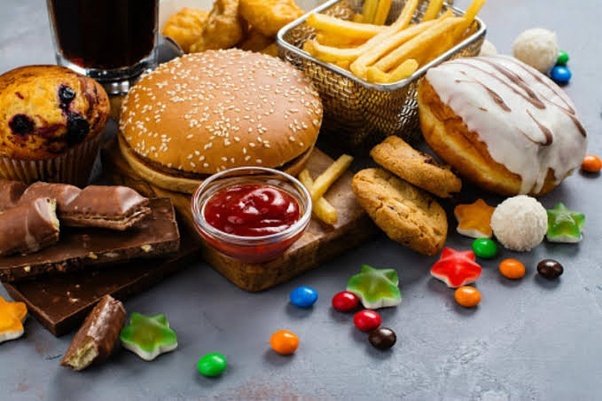
Excess fat around the midsection not only affects your appearance but also poses risks to your health.
While regular exercise and a balanced diet are essential for achieving this goal, certain foods can hinder your progress.
This article explores three foods – both solid and liquid – that you should avoid if you’re aiming to burn belly fat.
1. Processed foods
Processed foods are often high in unhealthy fats, sugars, and artificial additives, making them a major contributor to belly fat accumulation. These include packaged snacks, sugary cereals, fast food, and ready-to-eat meals. These foods are typically low in essential nutrients and fibre, which can lead to overeating and weight gain.
Additionally, the high sodium content in processed foods can cause water retention and bloating, further exacerbating the appearance of belly fat.
Alternatively, opt for whole, unprocessed foods like fruits, vegetables, lean proteins, and whole grains. These foods are rich in nutrients, fibre, and antioxidants, which can support healthy weight loss and reduce belly fat over time.
2. Sugary beverages
Sugary beverages such as soda, fruit juices, energy drinks, and sweetened coffee drinks are loaded with empty calories and contribute to belly fat gain. These drinks are high in fructose, a type of sugar that is metabolised by the liver and stored as fat if consumed in excess. Additionally, sugary beverages provide little to no nutritional value and can cause spikes in blood sugar levels, leading to increased hunger and cravings for unhealthy foods.
Alternative: Stay hydrated with water, herbal teas, or infused water with fresh fruits and herbs. These alternatives are calorie-free and can help curb cravings while promoting hydration and overall health.
3. Refined carbohydrates
Refined carbohydrates like white bread, white rice, pasta, and pastries are quickly broken down into sugar by the body, leading to spikes in blood sugar levels and insulin resistance. This can promote fat storage, especially around the abdominal area. Additionally, refined carbohydrates lack fibre and essential nutrients, leaving you feeling hungry and unsatisfied shortly after eating.
Alternatively, choose whole grains like brown rice, quinoa, oats, and whole wheat bread, which are higher in fibre and nutrients and promote feelings of fullness and satiety. These complex carbohydrates are digested more slowly, helping to stabilise blood sugar levels and reduce belly fat accumulation.
Achieving a trimmer waistline and burning belly fat requires a holistic approach that includes regular exercise and a balanced diet.
By avoiding processed foods, sugary beverages, and refined carbohydrates, you can support your weight loss goals and improve your overall health.
Instead, focus on consuming whole, nutrient-dense foods that nourish your body and promote fat loss. Remember, small dietary changes can lead to significant results over time, so choose your foods wisely and prioritise your health and well-being.
Food
5 foods that can sustain Nigerians amid hardship
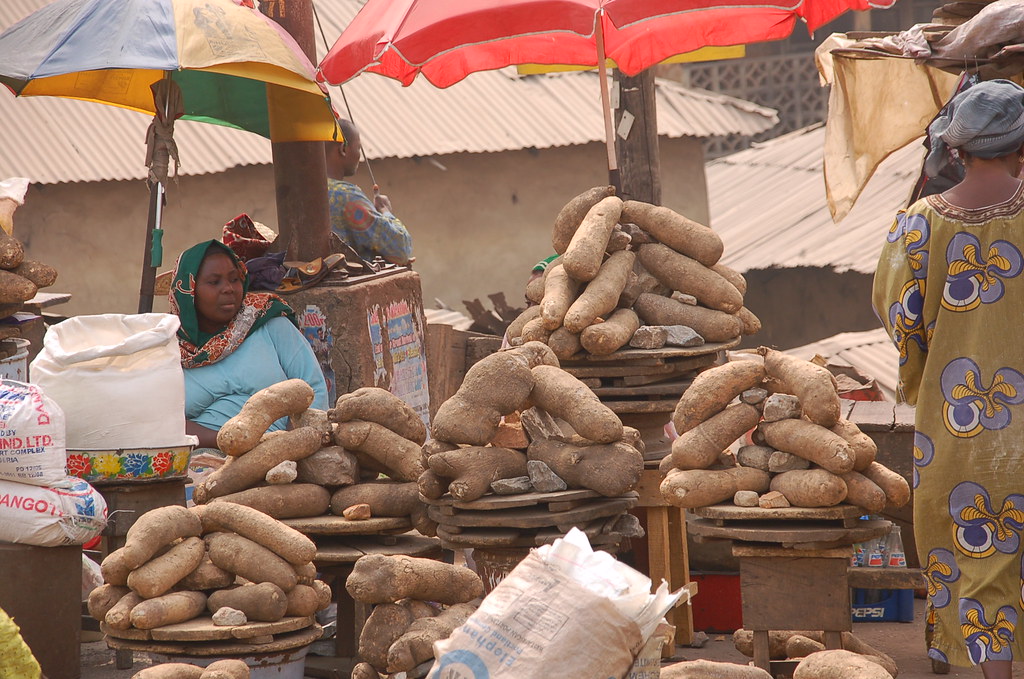
With the cost of commodities, including foods, gradually getting above the means of the common man, Nigerians have continued to lament how difficult it is to survive amid the hardship occasioned by the economy.
Here are, however, five affordable foods that can help Nigerians sustain themselves during the hardship:
Garri

A common food that can be included into various culinary meals, served with soups, or simply consumed as is. It is currently one of the most economical meal items to help you get through the hardship.
Noodles
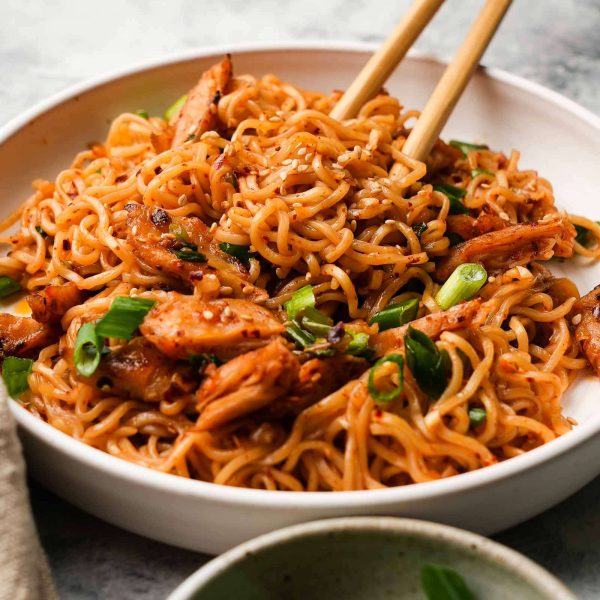
With just N400, you can purchase two noodles and have them quickly cooked to get through some hours in the day, and stave off hunger.
Bread
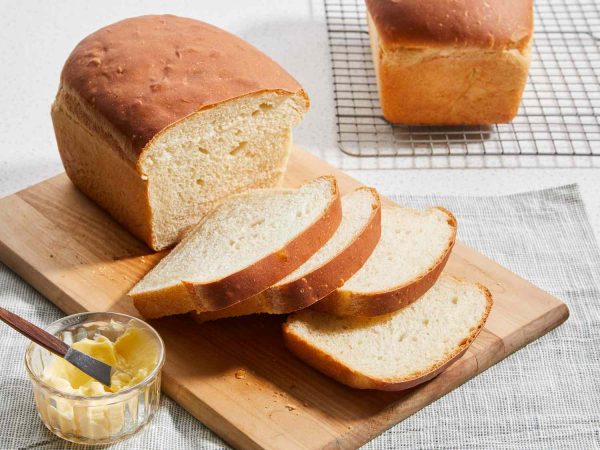
For as little as N500, you can buy a loaf of bread and pair it with butter or stew.
Yam

For N1,000 – 1200, you can buy a tuber of yam and eat it twice or three times, depending on how much food you consume.
Vegetables

Amid the hardship, this appears to be a very affordable food option for those who want to cook soup and serve it alongside other solid foods or rice.
-

 Crime4 days ago
Crime4 days agoUK-based Nigerian doctor, Tijion Esho loses licences over sex for free Botox injections
-

 News1 week ago
News1 week ago‘Mischievous narrative’ — Yahaya Bello’s media office reacts to ‘American school refunding $760k’ claim
-

 Entertainment5 days ago
Entertainment5 days agoGunmen abduct singer Gnewzy in Delta, demand $200k ransom
-

 Entertainment1 week ago
Entertainment1 week agoFamily announces burial arrangements for junior pope
-

 World1 week ago
World1 week agoNigerian lady Clara Chizoba Kronborg certified as world record holder for longest interviewing marathon
-

 News7 days ago
News7 days agoShake-up in EFCC as Olukoyede appoints chief of staff, 14 directors
-

 Celebrities4 days ago
Celebrities4 days agoDavido claims Wizkid begged him to join proposed joint tour
-

 Entertainment1 week ago
Entertainment1 week agoDoris Simeon reveals why she relocated to America






















